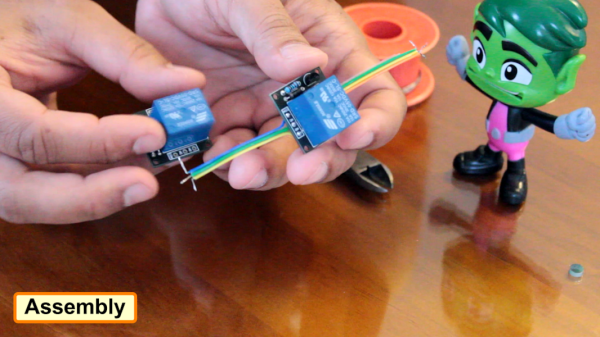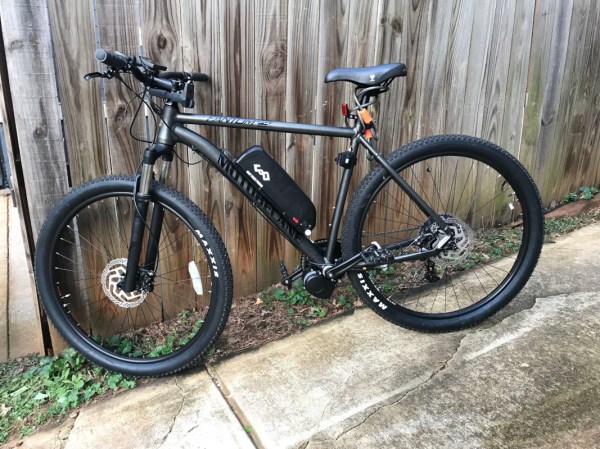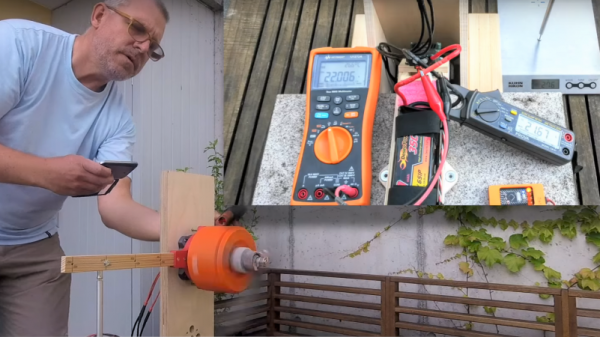Once a program has been debugged and works properly, it might be time to start optimizing it. A common way of doing this is a method called profiling – watching a program execute and counting the amount of computing time each step in the program takes. This is all well and good for most programs, but gets complicated when processes execute on more than one core. A profiler may count time spent waiting in a program for a process in another core to finish, giving meaningless results. To solve this problem, a method called casual profiling was developed.
In casual profiling, markers are placed in the code and the profiler can measure how fast the program gets to these markers. Since multiple cores are involved, and the profiler can’t speed up the rest of the program, it actually slows everything else down and measures the markers in order to simulate an increase in speed. [Daniel Morsig] took this idea and implemented it in Go, with an example used to demonstrate its effectiveness speeding up a single process by 95%, resulting in a 22% increase in the entire program. Using a regular profiler only counted a 3% increase, which was not as informative as the casual profiler’s 22% measurement.
We got this tip from [Greg Kennedy] who notes that he hasn’t seen much use of casual profiling outside of the academic world, but we agree that there is likely some usefulness to this method of keeping track of a multi-threaded program’s efficiency. If you know of any other ways of solving this problem, or have seen causal profiling in use in the wild, let us know in the comments below.
Header image: Alan Lorenzo [CC BY-SA 3.0].


















